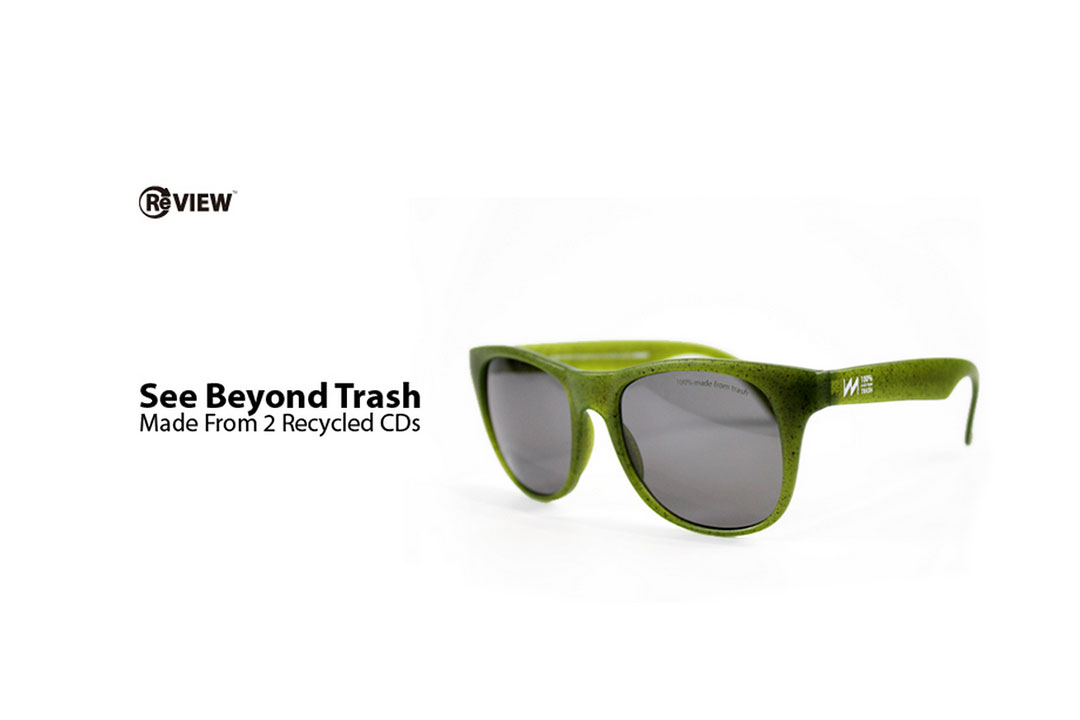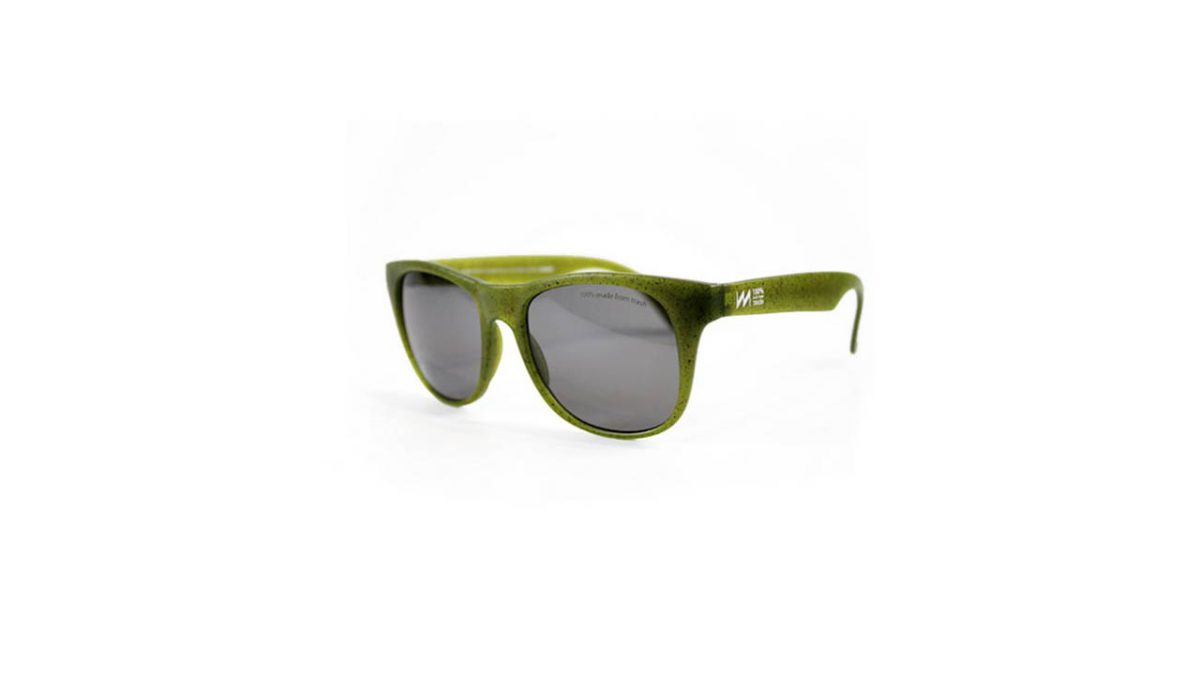This is exactly how Plasticity, a one day forum in NYC I recently attended, was billed, and it delivered. Throughout the day, the speakers and panelists, of which I was one, remained focused on the big picture and solutions for the future; and with good reason. The sustainability advocacy NGO, As You Sow estimates that “over $8 billion in value from packaging alone is left on the table when plastic packaging is sent to landfill.”
With impressive representation from around the globe – from Hong Kong, China, Taiwan, Indonesia, the UK, Canada, Costa Rica – the approximately 150 speakers and attendees approached the topic of plastics from a range of perspectives, but with a common starting point: plastics are a valuable resource that are versatile, affordable, convenient and likely inextricable from our everyday lives. In other words, this was not a bash plastics and ban polymers event. Instead, it was a call to recognize plastics as having a considerable role in our materials economy, and a clarion call to stop designing plastics to be thrown away. It was also an exciting exploration of the challenges, opportunities and emerging solutions businesses, NGOs and governments are collaborating on to create the very necessary closed loop for both polymers in the market today and those that will be in the market tomorrow (e.g., biopolymers).
Doug Woodring, founder of The Ocean Recovery Alliance and Plastics Disclosure Project hosted the event. Notables in the sustainability, plastics and recovery arenas such as Bill McDonough, Cradle2Cradle; Steve Russell, American Chemistry Council; and Mike Biddle, MBA Polymers, topped the roster of speakers, which also included a former president of Costa Rica, the head of UK-based TruCost, a lead innovator from Ecovative, and an amazing waste to product (and even buildings) designer from Miniwiz, among others.
The event showcased ideas and latest developments in:
- Using waste as a resource
- Scalable, best practice innovations
- Use of new materials
- Designing for sustainability and
- Solutions for reducing the plastic footprint
As part of a panel on designing for recovery, I kicked off the session by sharing the Sustainable Packaging Coalition’s (SPC) Definition of Sustainable Packaging, which can apply seamlessly to products as well. I also discussed the extended parameters designers need to consider beyond the more traditional criteria of cost, performance, quality, aesthetics, and regulatory compliance. These included optimizing resources, responsible sourcing, material health and resource recovery. My copanelists Stephan Clambaneva representing the Industrial Designers Society of America, and Arthur Huang, CEO and Founder of Miniwiz, picked up on the theme of expanded parameters. Huang has even applied expanded parameters to structures, using his company’s trash-to-product material, POLLI-BRICKS to construct a waste recycling facility in Taiwan.
Cool and sexy waste-to-product goods from Waste2Wear, Ekocycle, and Miniwiz were on display, including Miniwiz’s “made from 100% trash” sunglasses that attendees sported to tame the evening sun glare and enjoy views of the new Freedom Tower from the rooftop reception venue.

Consumer education was another theme of the event, as we all play a major role in closing the loop on all materials. Waste2Wear’s child educational video was a great example.
The NYC Forum was the 3rd annual Plasticity event. Woodring promises to key the dialogue going and is considering Barcelona, Spain as the next locale. I sure hope to catch up with some of you there.


